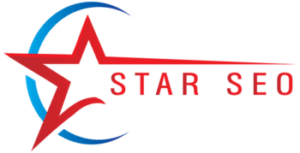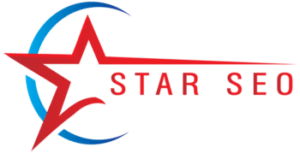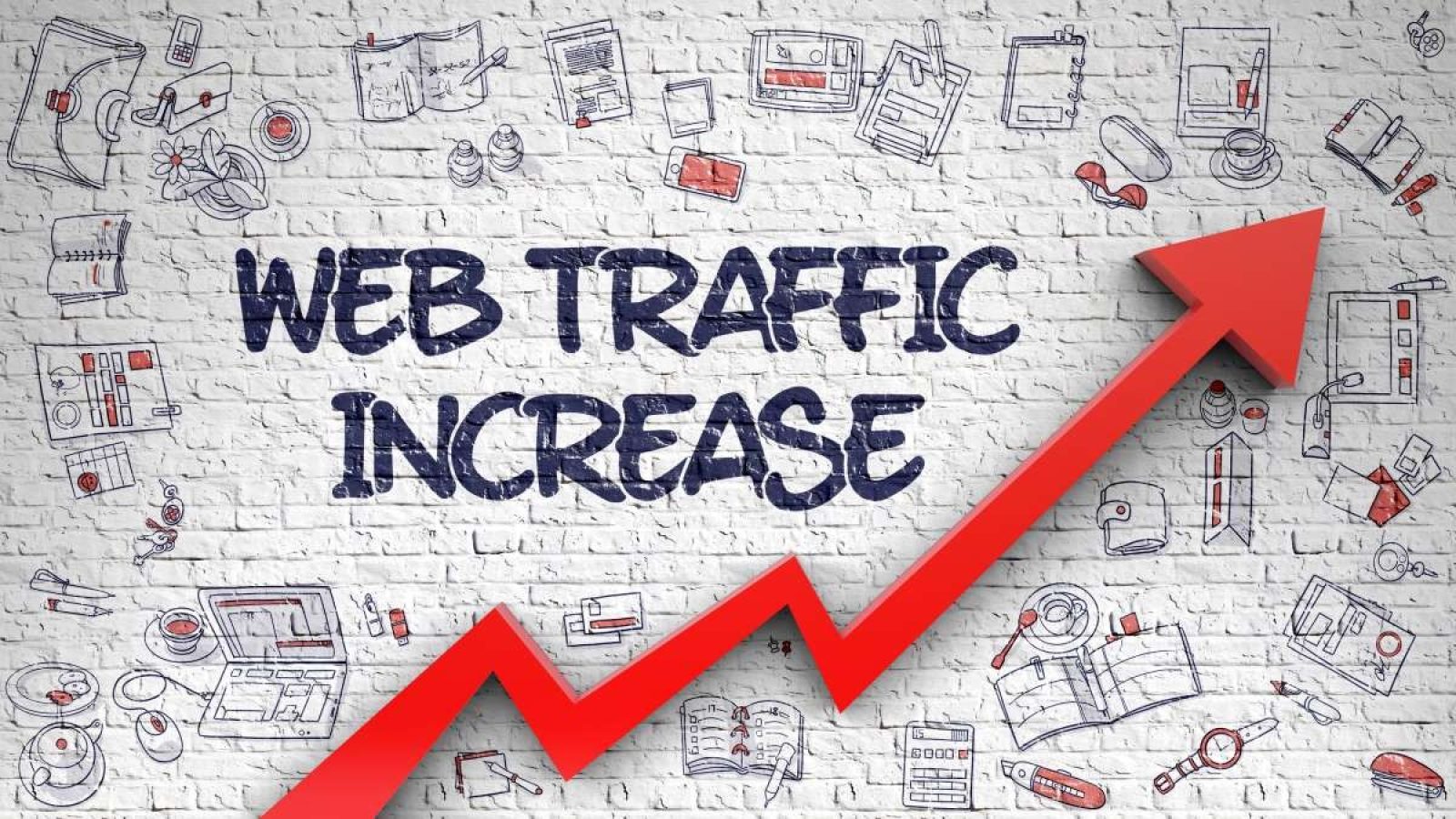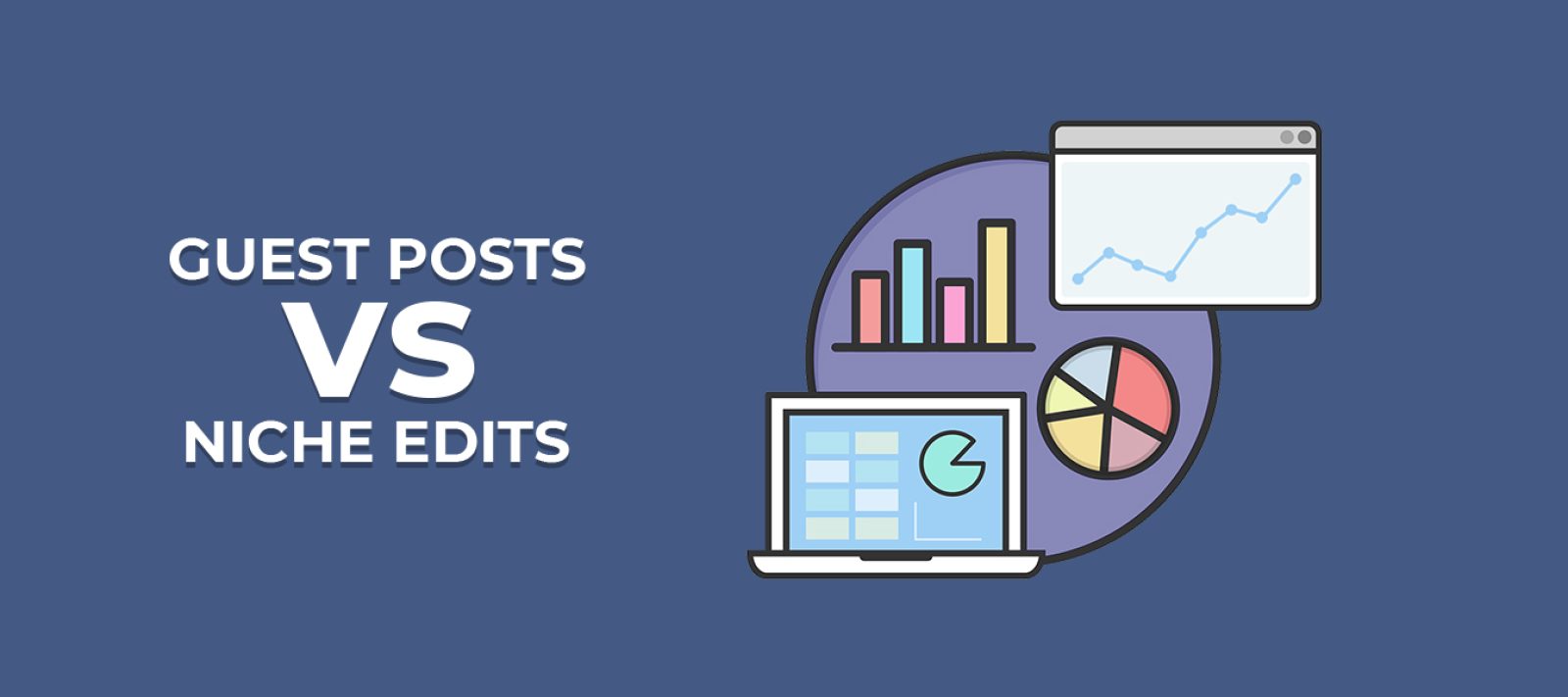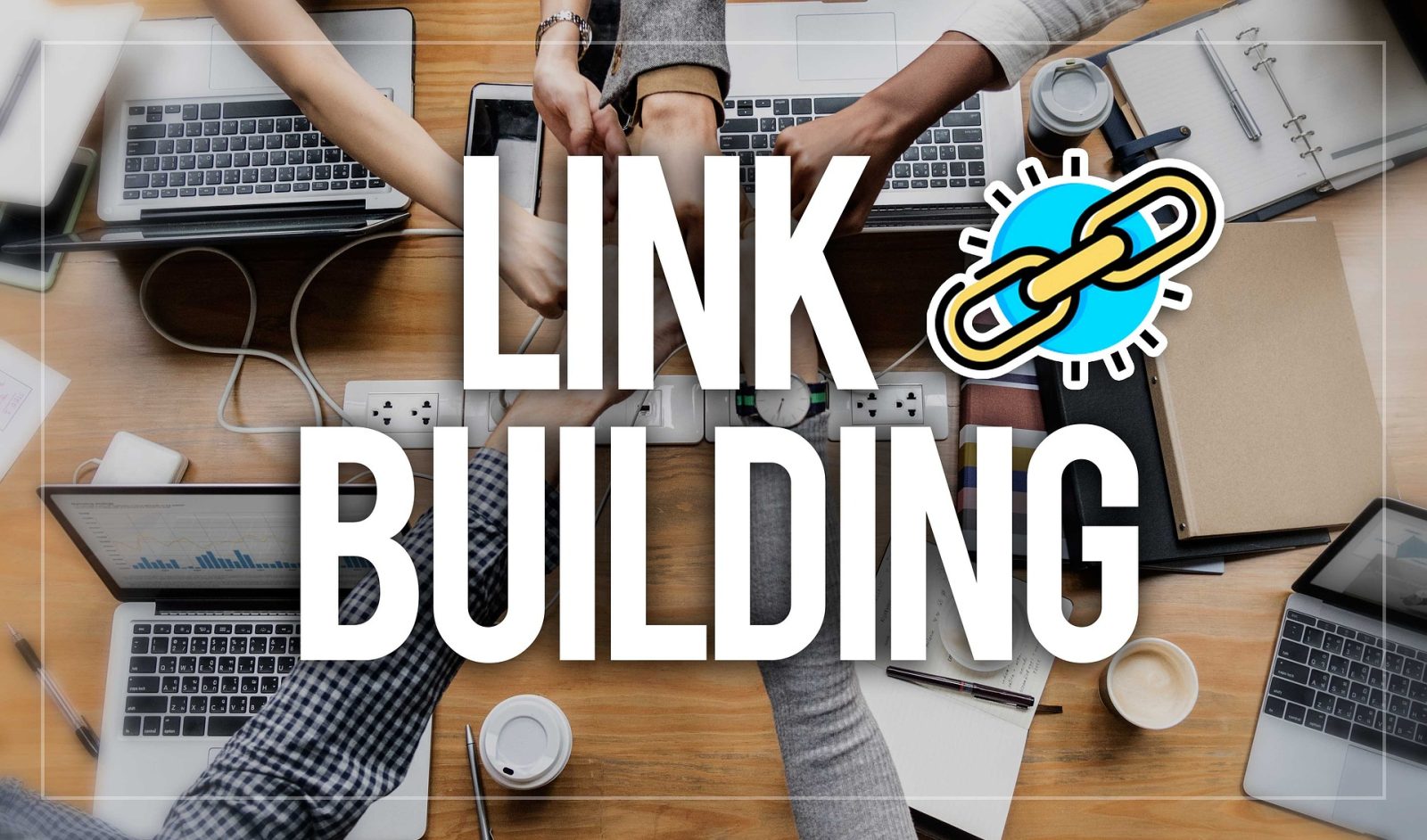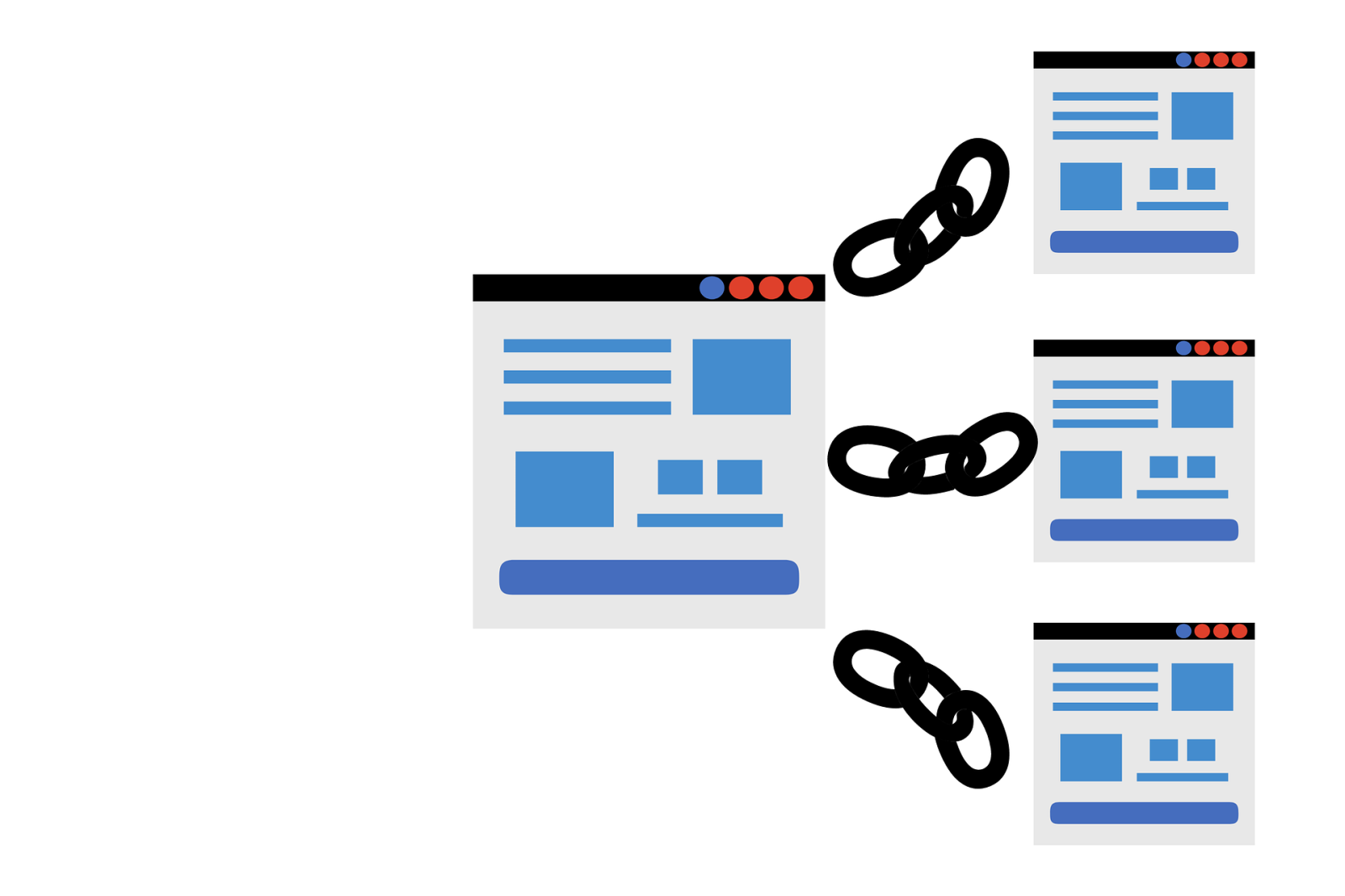29 Ways to Increase Website Traffic in 2024
Increasing website traffic remains a critical goal for businesses and marketers. Here are 29 effective strategies to boost your website traffic in 2024, including the powerful tactic to outsource backlink building.
1. Optimize for Search Engines (SEO)
Search engine...
The Ultimate Guide to Cheap Niche Edit Links
In the dynamic world of search engine optimization (SEO), niche edit links have gained significant traction as an effective strategy for improving website rankings. Niche edits, or curated links, involve placing your link into pre-existing content on authoritative websites....
Understanding Guest Posts vs Niche Edits
In digital marketing, two popular strategies stand out for building backlinks and enhancing online visibility: guest posts and niche edits. Each has its own merits, and understanding the differences can help marketers choose the right approach for their goals. This article...
Introduction to Do-Follow Backlinks
In the ever-evolving world of digital marketing and search engine optimization (SEO), backlinks play a crucial role. Specifically, do-follow backlinks are instrumental in boosting a website’s authority and search engine ranking. This article delves into the concept of...
Introduction to Tier 2 Backlinks
In the ever-evolving landscape of search engine optimization (SEO), backlinks play a critical role in determining the authority and ranking of a website. Among the various types of backlinks, Tier 2 backlinks are an essential component of a robust SEO strategy. This article...
The Ultimate Guide to Buy Edu Gov Backlinks for SEO Success
In the ever-evolving world of search engine optimization (SEO), backlinks from authoritative domains such as .edu and .gov websites have always been considered highly valuable. These backlinks can significantly boost your website’s credibility and ranking on search engine...
The Comprehensive Guide to Buy Dofollow Backlinks Cheap: Enhancing Your SEO Strategy
In the dynamic world of search engine optimization (SEO), backlinks remain a cornerstone of improving your website’s ranking and visibility. This guide delves into the intricacies of backlinks, the benefits of acquiring dofollow backlinks, and how to buy dofollow...
The Ultimate Guide to Buy Backlinks 724ws: Boosting Your Website’s SEO
In the competitive world of digital marketing, backlinks are a crucial factor in determining your website’s search engine ranking. Quality backlinks from reputable sources can significantly enhance your site’s authority and visibility. This comprehensive guide...
The Ultimate Guide to Link Building Tools: Boost Your SEO Strategy
Introduction
In today’s digital landscape, link building is a crucial aspect of any successful search engine optimization (SEO) strategy. To improve your website’s visibility and organic rankings, you need to focus on building high-quality backlinks from...
Understanding the Different Types of Links in Digital Marketing
Introduction
In the realm of digital marketing, links play a crucial role in connecting web pages and establishing the authority and relevance of a website. Links serve as pathways that guide users and search engine crawlers through the vast online landscape. Understanding...
